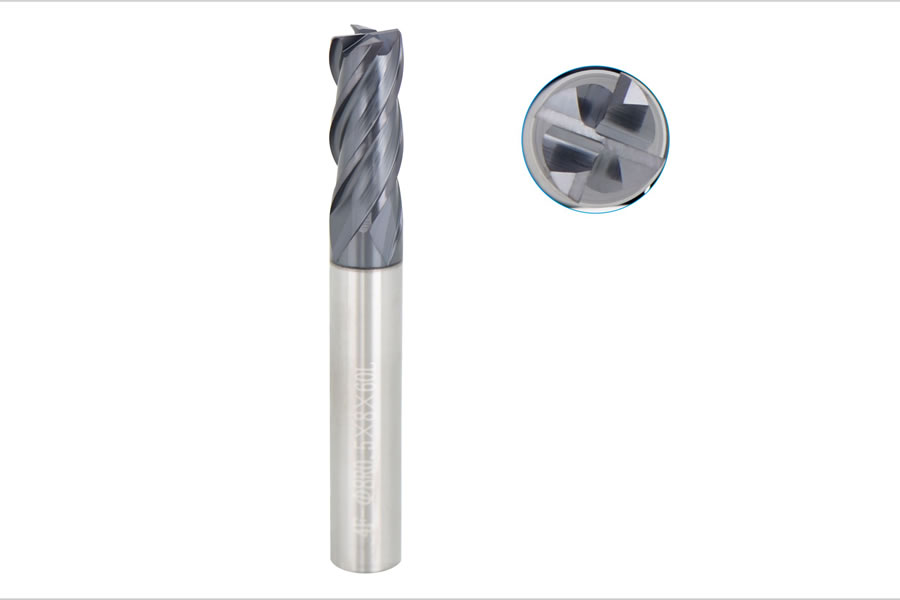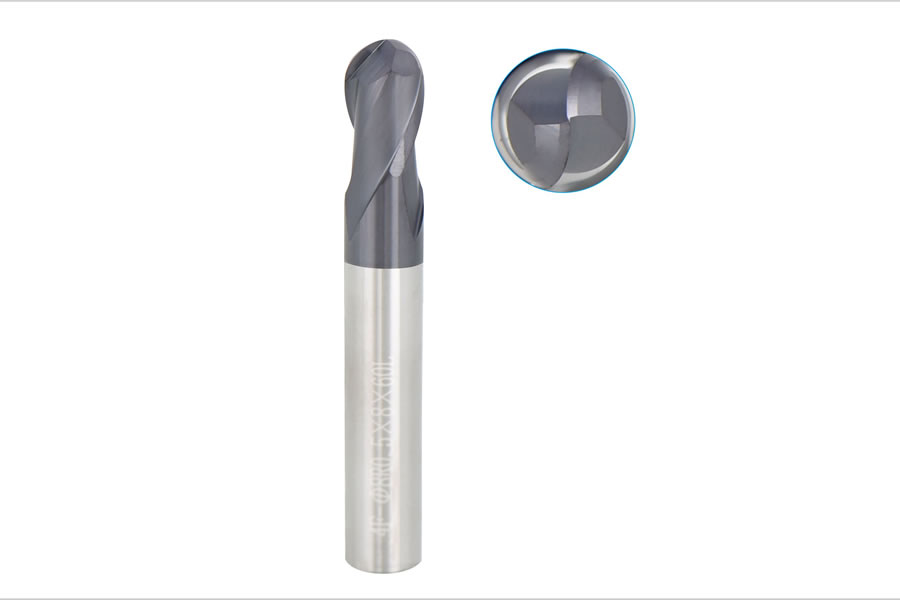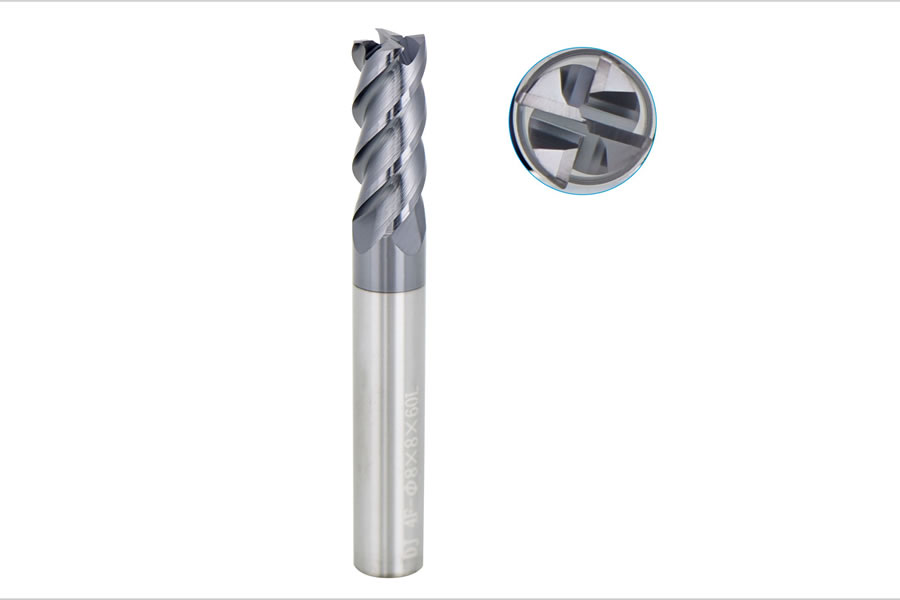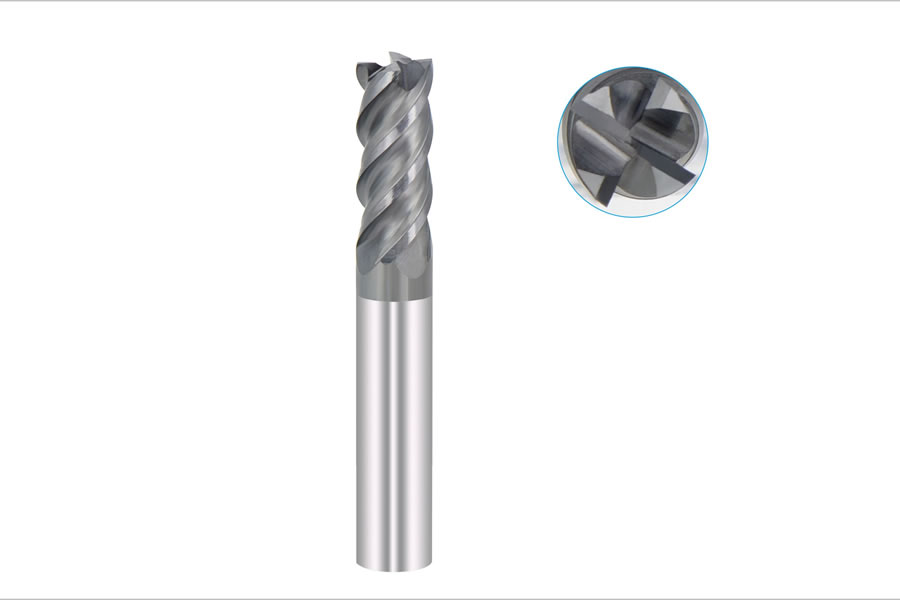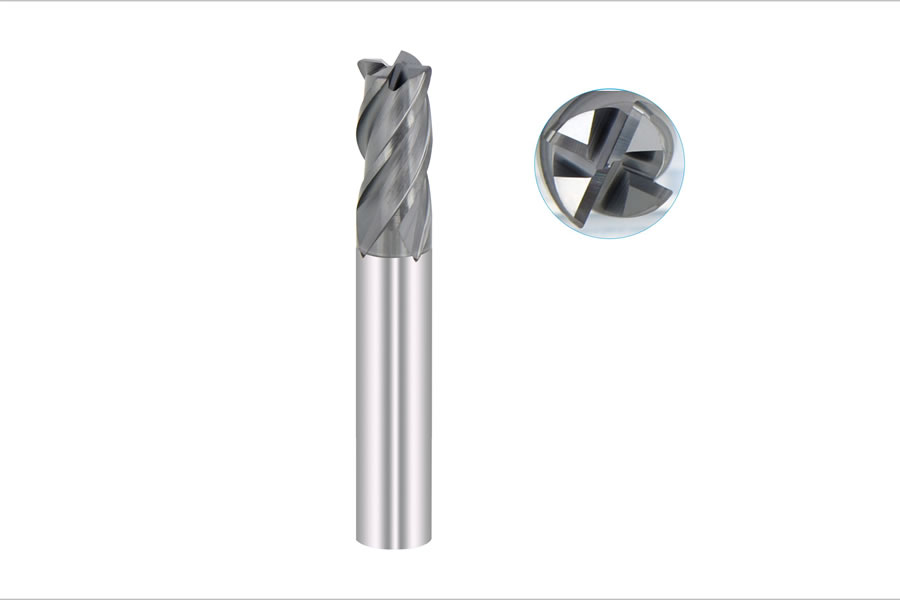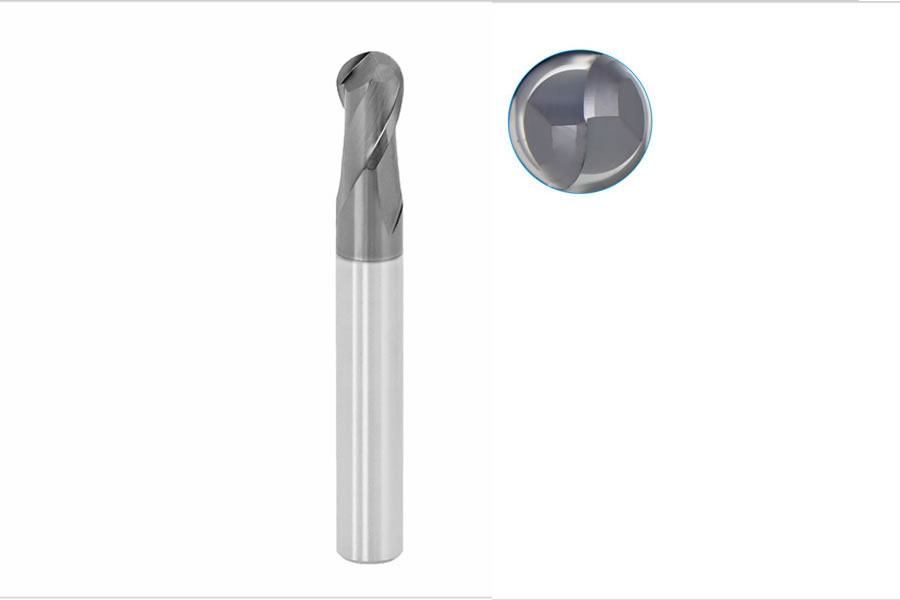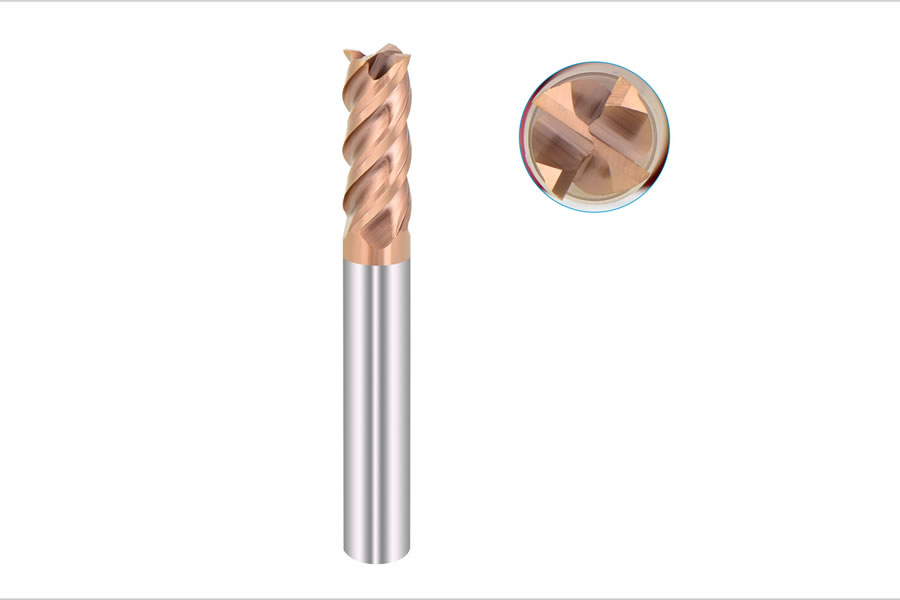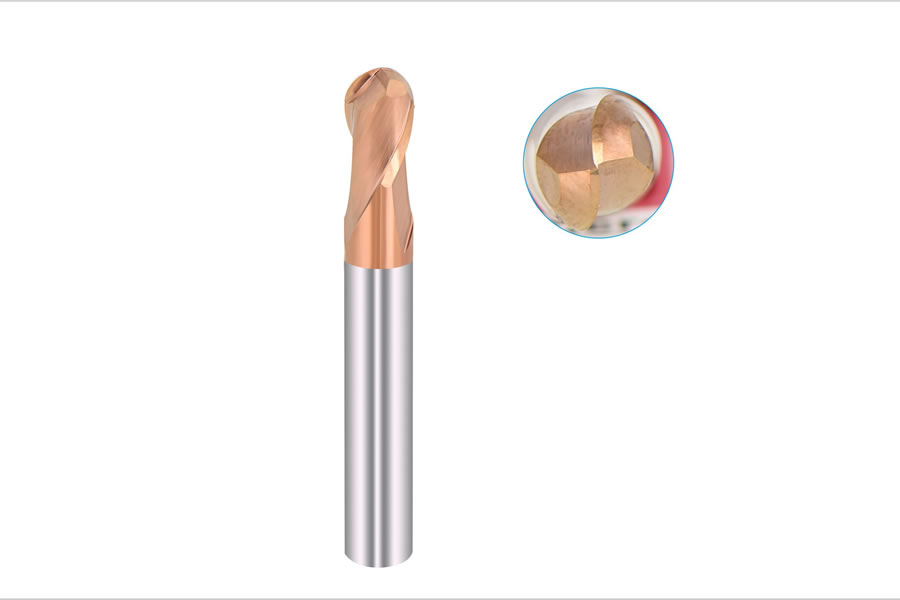
Causes and countermeasures of vibrating blade and chatter on the surface during
Update time:2020-07-08 23:04:00Click on the number of times:1485 numberFontSize:T|T
The problem of vibrating and vibrating blades in the processing of machine tools causes the surface of the workpiece to have chatter marks, and the rework rate and scrap rate are high. The cause of machine tool vibration is generally the lack of rigidity
The problem of vibrating and vibrating blades in the processing of machine tools causes the surface of the workpiece to have chatter marks, and the rework rate and scrap rate are high. The cause of machine tool vibration is generally the lack of rigidity of any one or more of the three systems of machine tool-workpiece-tool. Let me first talk about the aspects that need to be investigated when vibration and vibration knife are generated.
1. Checkpoints on the workpiece
(1) External turning of slender shafts; the distance between the general cutting point and the clamping point, if the length-to-diameter ratio exceeds 3, it is easy to vibrate the knife, you can consider changing the process.
(2) External turning of thin-walled parts.
(3) Turning of box-shaped parts (such as sheet metal welded structural parts).
(4) Super hard material cutting.
2. Tool cause
(1) Forming turning using forming blades;
(2) The angle of the tool is especially the main declination angle, back angle, rake angle, etc.;
(3) The sharpness of the blade;
(4) Whether the radius of the tool tip arc is too large;
(5) Whether the cutting parameters are appropriate.
3. Machine reasons
(1) The live top is extended too long
(2) The bearing has been damaged and continues to cut
First rule out whether the tool is a problem
First check the rigidity of the turning tool itself, is it not clamped? Does it stretch out too long? Is the gasket uneven? Check if the turning tool (boring tool) is worn out? Is the blade tip rounded or the wiper blade too wide? Is the turning angle of the turning tool too small? Take a look at whether you are using a 90-degree knife or a 45-degree knife. Try changing it. In addition, too small a feed (feed amount) may also be a cause of chattering, which can be slightly adjusted to increase. Adjust the speed, single-tool cutting depth, and feed amount to try to eliminate resonance points.
Check the cause of the machine tool and the location of the card
(1) Find out if your living center is extended too long and whether the bearing is good. There is a combination of flat rolling bearings. I really doubt that it can be replaced with a dead center, pay attention to the butter lubrication in the center hole.
(2) Find out the clamping situation of the top of your tailstock. Under the clamping conditions, are the left and right, top and bottom linings not concentric with the machine tool spindle.
(3) Tighten the big, medium and small carriages, especially the medium carriages.
(4) If you are unable to check the tailstock part of the machine (points 1 and 2 require some fitter foundation), you can try to move the cutter from the grip end to the tail. Reversing the car can eliminate the unfavorable force at the end to the greatest extent.
(5) If there is still a problem in step 4, it is necessary to look at the spindle. Of course, if it is a three-claw, it is also necessary to check whether the spiral groove is damaged. The four catches are self-supporting, so there is no need to check.
Measures for comprehensive suppression of vibration knife
If your main bearing shell is really tight, the workpiece is not a thin-walled hollow part or the overhang is too long, and the chuck clamping is no problem. Use other countermeasures to suppress the vibration knife. According to the principle of the vibration knife obtained by the research, there are some more specific and practical methods currently used in the processing site:
(1) Reduce the working weight of the part that causes vibration, the smaller the inertia, the better.
(2) Fix or clamp the place where the vibration is greatest, such as the center frame, work retainer, etc.
(3) Improve the rigidity of the processing system, for example, use a tool holder with a high elastic coefficient or use a special anti-vibration force that incorporates a dynamic damper to absorb impact energy.
(4) Work hard from the direction of blade and work rotation.
(5) Change the shape and advance angle of the cutter, the smaller the nose radius (Nose Radius) of the cutter, the better, in order to reduce the cutting resistance. Sick Rake Angle must take a positive value to make the cutting direction closer to vertical. Back Rake Augle is preferably a positive value, but even the chip removal ability is relatively poor, so the groove cutter can generally be used to make the inclination angle become negative, but still maintain a positive cutting effect.
1. Checkpoints on the workpiece
(1) External turning of slender shafts; the distance between the general cutting point and the clamping point, if the length-to-diameter ratio exceeds 3, it is easy to vibrate the knife, you can consider changing the process.
(2) External turning of thin-walled parts.
(3) Turning of box-shaped parts (such as sheet metal welded structural parts).
(4) Super hard material cutting.
2. Tool cause
(1) Forming turning using forming blades;
(2) The angle of the tool is especially the main declination angle, back angle, rake angle, etc.;
(3) The sharpness of the blade;
(4) Whether the radius of the tool tip arc is too large;
(5) Whether the cutting parameters are appropriate.
3. Machine reasons
(1) The live top is extended too long
(2) The bearing has been damaged and continues to cut
First rule out whether the tool is a problem
First check the rigidity of the turning tool itself, is it not clamped? Does it stretch out too long? Is the gasket uneven? Check if the turning tool (boring tool) is worn out? Is the blade tip rounded or the wiper blade too wide? Is the turning angle of the turning tool too small? Take a look at whether you are using a 90-degree knife or a 45-degree knife. Try changing it. In addition, too small a feed (feed amount) may also be a cause of chattering, which can be slightly adjusted to increase. Adjust the speed, single-tool cutting depth, and feed amount to try to eliminate resonance points.
Check the cause of the machine tool and the location of the card
(1) Find out if your living center is extended too long and whether the bearing is good. There is a combination of flat rolling bearings. I really doubt that it can be replaced with a dead center, pay attention to the butter lubrication in the center hole.
(2) Find out the clamping situation of the top of your tailstock. Under the clamping conditions, are the left and right, top and bottom linings not concentric with the machine tool spindle.
(3) Tighten the big, medium and small carriages, especially the medium carriages.
(4) If you are unable to check the tailstock part of the machine (points 1 and 2 require some fitter foundation), you can try to move the cutter from the grip end to the tail. Reversing the car can eliminate the unfavorable force at the end to the greatest extent.
(5) If there is still a problem in step 4, it is necessary to look at the spindle. Of course, if it is a three-claw, it is also necessary to check whether the spiral groove is damaged. The four catches are self-supporting, so there is no need to check.
Measures for comprehensive suppression of vibration knife
If your main bearing shell is really tight, the workpiece is not a thin-walled hollow part or the overhang is too long, and the chuck clamping is no problem. Use other countermeasures to suppress the vibration knife. According to the principle of the vibration knife obtained by the research, there are some more specific and practical methods currently used in the processing site:
(1) Reduce the working weight of the part that causes vibration, the smaller the inertia, the better.
(2) Fix or clamp the place where the vibration is greatest, such as the center frame, work retainer, etc.
(3) Improve the rigidity of the processing system, for example, use a tool holder with a high elastic coefficient or use a special anti-vibration force that incorporates a dynamic damper to absorb impact energy.
(4) Work hard from the direction of blade and work rotation.
(5) Change the shape and advance angle of the cutter, the smaller the nose radius (Nose Radius) of the cutter, the better, in order to reduce the cutting resistance. Sick Rake Angle must take a positive value to make the cutting direction closer to vertical. Back Rake Augle is preferably a positive value, but even the chip removal ability is relatively poor, so the groove cutter can generally be used to make the inclination angle become negative, but still maintain a positive cutting effect.
(editor:www.dongjiesharp.com)
New Product Recommendation
